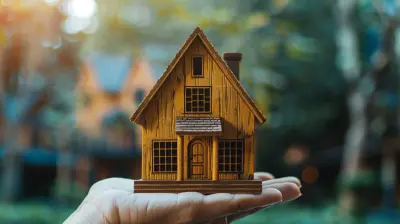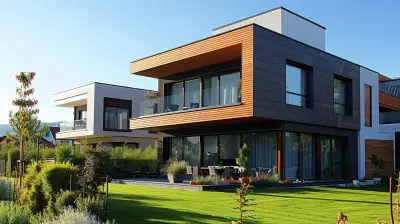Sustainable Materials to Elevate Your Home’s Interior
25 June 2025
Sustainability is no longer just a buzzword—it’s a lifestyle choice that’s shaping the way we design and decorate our homes. Choosing sustainable materials for your home’s interior can make a huge difference, not just for the environment but also for your health and well-being.
So, how do you create a stylish and eco-friendly home without compromising on looks or comfort? The secret lies in using sustainable materials. Let’s dive into some of the best options that can elevate your home’s interior while being kind to the planet. 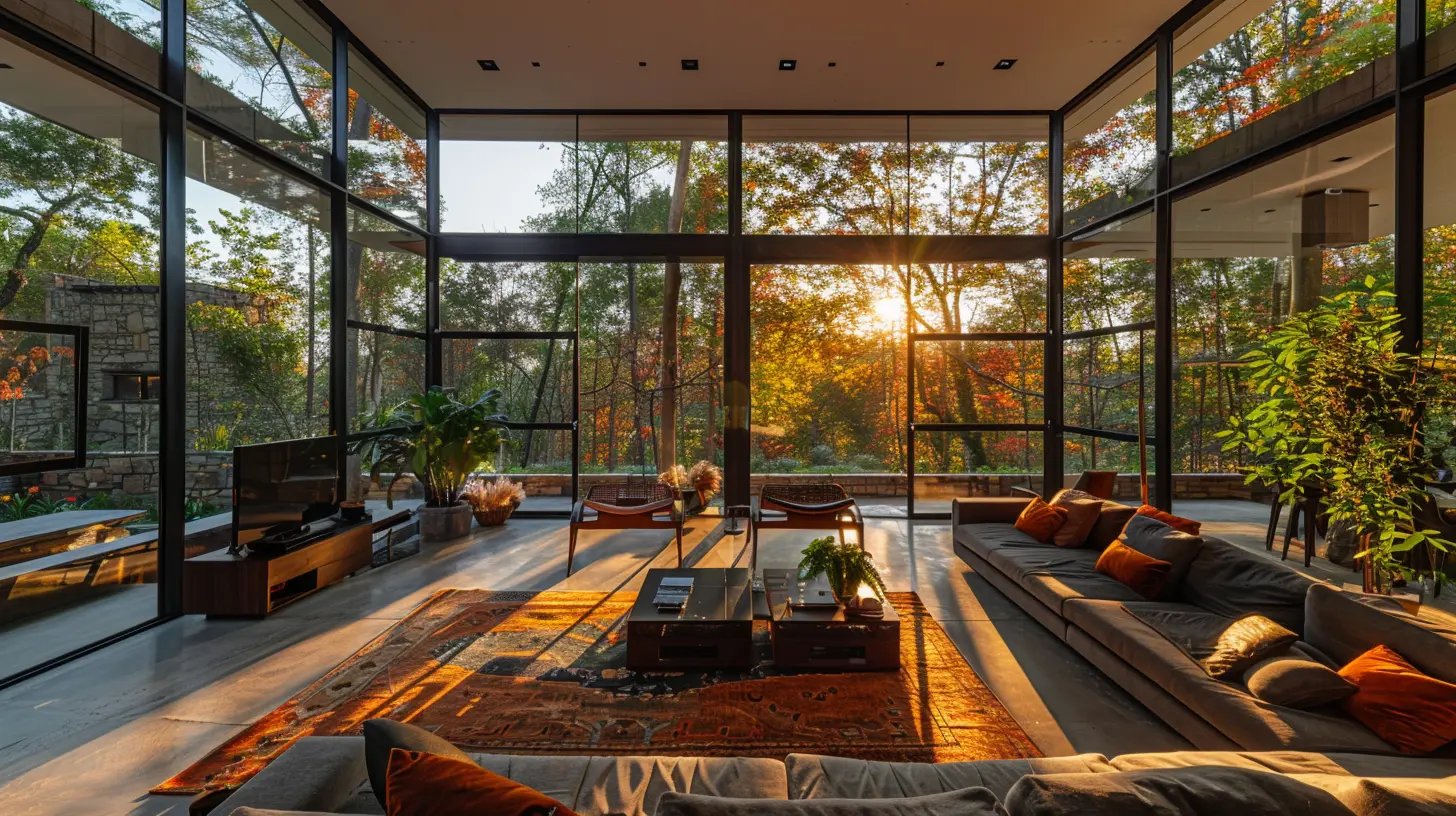
Why Choose Sustainable Materials for Your Home?
Before we get into the nitty-gritty of materials, let’s talk about why it even matters.1. Eco-Friendly – Sustainable materials reduce environmental impact by lowering carbon emissions, minimizing waste, and using fewer resources.
2. Healthier Living – Many traditional materials release toxic chemicals (like VOCs) that pollute indoor air. Eco-friendly alternatives give you cleaner air and a healthier home.
3. Durability & Longevity – High-quality sustainable materials often last longer than conventional products, meaning fewer replacements and long-term savings.
4. Unique Aesthetic Appeal – Natural and reclaimed materials create stunning, one-of-a-kind interiors that add warmth and character to your space.
Sounds like a win-win, right? Now, let’s break down the best sustainable materials you can incorporate into your home’s design. 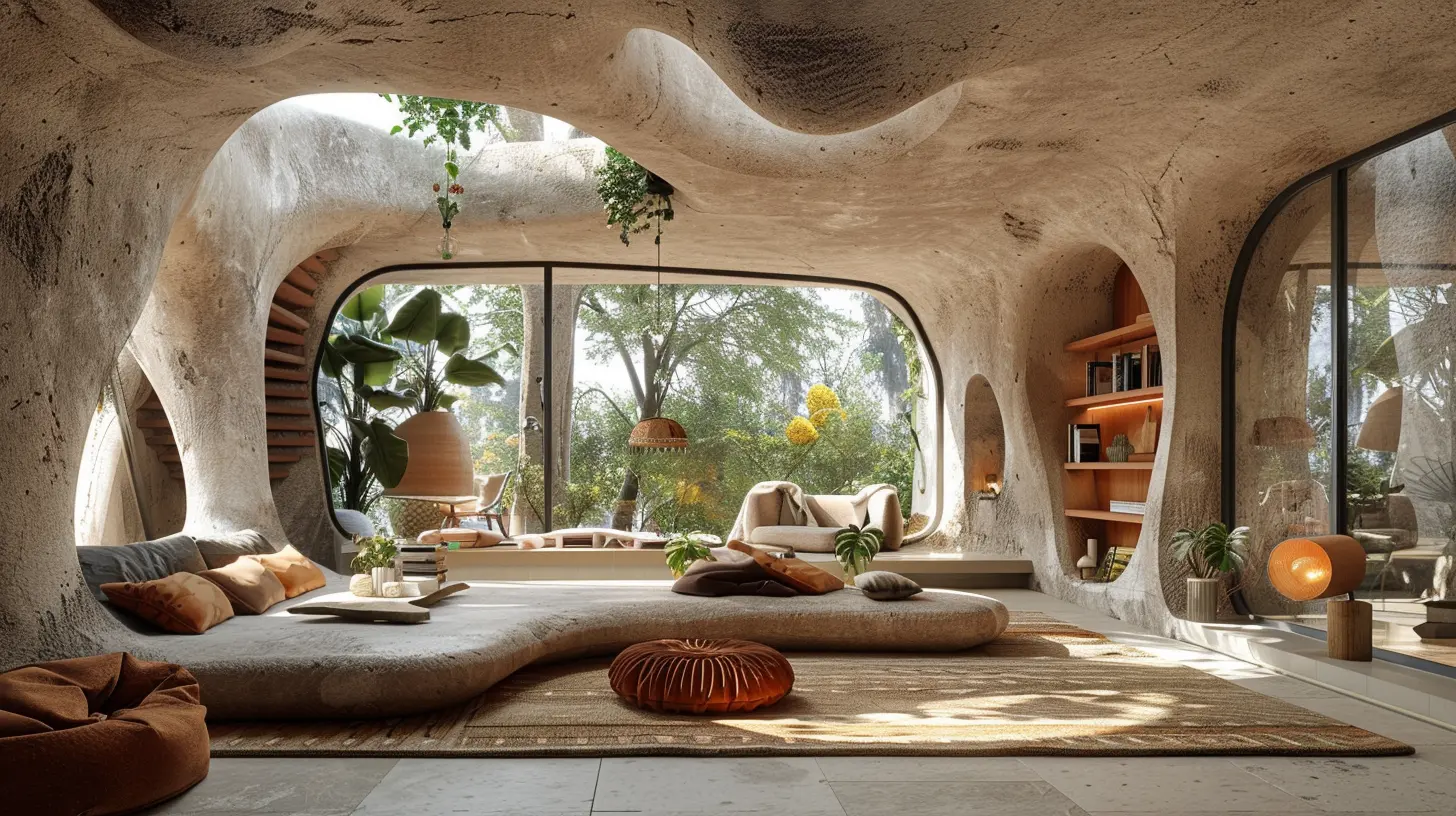
1. Reclaimed Wood – Rustic Charm with a History
Reclaimed wood is an absolute gem when it comes to sustainability. Instead of cutting down new trees, it repurposes old wood from barns, factories, and even old ships. The result? A material rich in history and character, adding a rustic charm that new wood just can’t replicate.Where to Use It?
- Flooring – Reclaimed wood floors add warmth and texture.- Furniture – Dining tables, bookshelves, and cabinets made from reclaimed wood offer a unique touch.
- Accent Walls – A wooden feature wall can give your home a cozy, organic feel.
Besides being sustainable, reclaimed wood is also highly durable—some have been around for centuries! 
2. Bamboo – Nature’s Super Material
Bamboo is one of the fastest-growing plants in the world, making it a superstar in sustainable design. It regenerates quickly, requires minimal pesticides, and absorbs more carbon dioxide than most trees.Best Uses for Bamboo
- Flooring – A cost-effective and durable alternative to hardwood.- Furniture – Lightweight yet strong, bamboo furniture is both stylish and sturdy.
- Wall Coverings – Bamboo panels can create a natural, Zen-like atmosphere.
Bonus: Bamboo is naturally antimicrobial, making it a great choice for allergy sufferers! 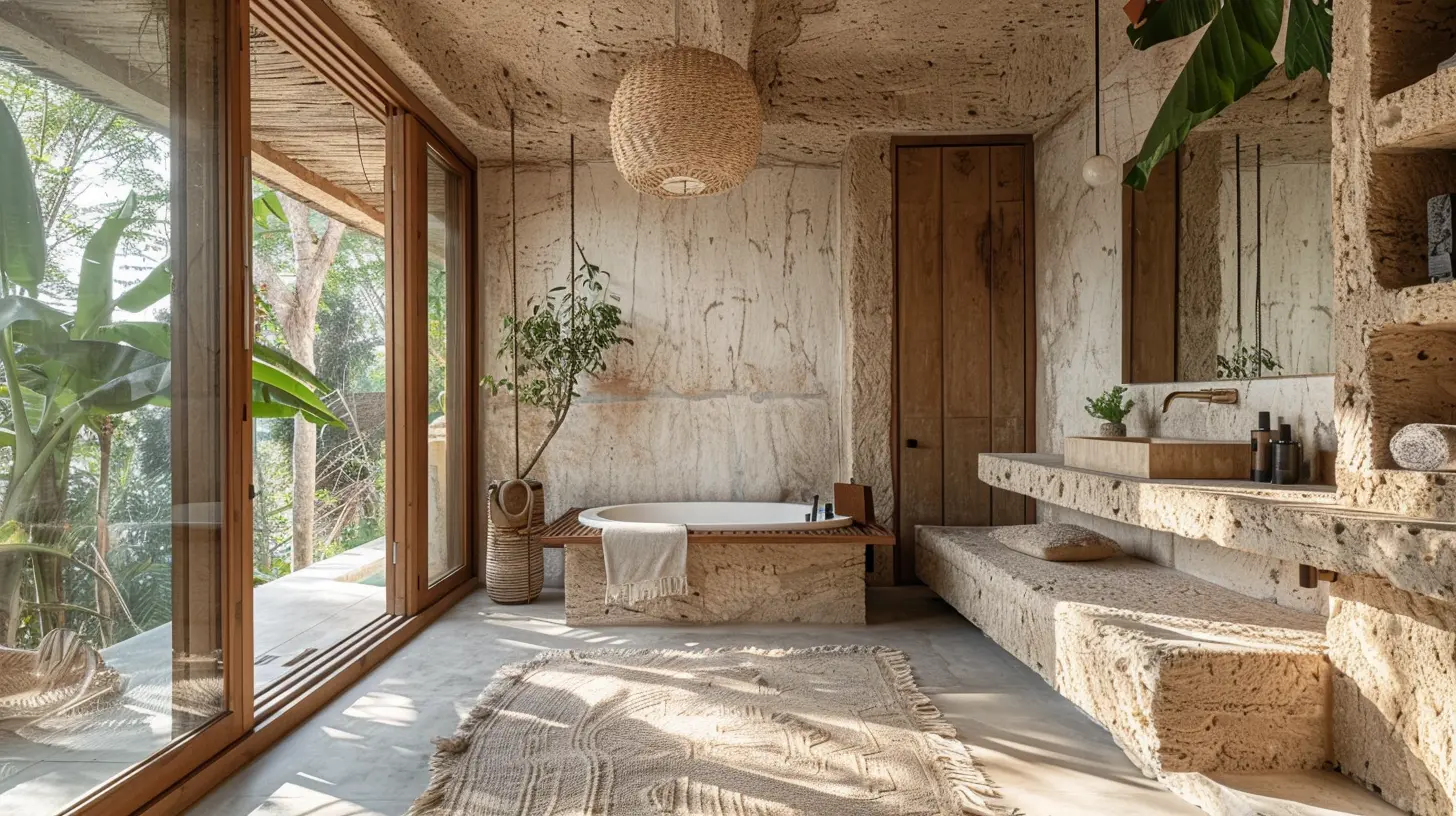
3. Cork – Soft, Stylish, and Sustainable
Cork might not be the first thing that comes to mind for home interiors, but it absolutely should be! Harvested from the bark of cork oak trees (without harming the tree), this material is renewable, biodegradable, and surprisingly versatile.Where to Incorporate Cork?
- Flooring – Soft underfoot, insulating, and naturally resistant to mold and mildew.- Wall Coverings – Adds texture and soundproofing properties.
- Furniture & Décor – Cork stools, coffee tables, and coasters bring a modern yet earthy vibe.
Want an extra reason to love cork? It absorbs noise, making it perfect for reducing echo in open spaces!
4. Recycled Metal – Industrial Chic with a Green Twist
Metal might not seem "eco-friendly" at first glance, but when recycled, it’s a sustainable powerhouse. Aluminum, steel, and copper can be repurposed into stunning home features with minimal waste.How to Use Recycled Metal?
- Furniture – Metal-framed chairs, tables, and shelves for an industrial look.- Kitchen & Bathroom Fixtures – Faucets, sinks, and lighting can all be made from recycled metal.
- Decor Accents – Metal wall art or sculptures add a modern touch.
Pro tip: Mixed metal finishes add depth and contrast to your interior design!
5. Recycled Glass – Beauty Meets Sustainability
Recycled glass is a gorgeous and environmentally friendly material that can be molded into countertops, tiles, or decorative pieces. It reduces landfill waste and consumes less energy than producing new glass.Where to Use Recycled Glass?
- Countertops – Stunning and durable, recycled glass countertops give a contemporary feel.- Backsplashes – Glass tiles can add color and texture to your kitchen or bathroom.
- Lighting Fixtures – Recycled glass pendants and lampshades create unique lighting effects.
The reflective nature of glass can also brighten up spaces, making rooms feel larger and airier!
6. Clay Plaster – A Breathable Alternative to Paint
Clay plaster is an ancient material making a serious comeback—and for a good reason. It’s completely natural, free from harmful chemicals, and regulates indoor humidity to maintain a healthy, breathable environment.Why Choose Clay Plaster?
- Non-Toxic & Hypoallergenic – Unlike regular paint, it doesn’t release harmful fumes.- Aesthetic Appeal – Creates soft, textured walls with an organic feel.
- Moisture Control – Helps prevent mold growth by absorbing and releasing moisture.
If you love earthy tones and a natural aesthetic, clay plaster is a must-try!
7. Hempcrete – A Sustainable Insulation Solution
Hempcrete (a mix of hemp fibers, lime, and water) is an excellent eco-friendly alternative to concrete. It’s lightweight, breathable, and provides outstanding insulation.How Can You Use Hempcrete?
- Wall Insulation – Keeps your home cooler in summer and warmer in winter.- Flooring Foundations – Creates a durable, eco-friendly base.
- Interior Walls – Adds a unique texture while regulating humidity.
Plus, hempcrete absorbs carbon dioxide over time, making it a carbon-negative material—how cool is that?
8. Jute & Natural Fibers – Warmth and Comfort
Jute, sisal, and other natural fibers are renewable and biodegradable, making them sustainable choices for soft furnishings.Best Ways to Use Natural Fibers
- Rugs & Carpets – Cozy, durable, and free from synthetic materials.- Upholstery & Cushion Covers – Adds texture and an organic feel to your décor.
- Curtains & Blinds – Lightweight, breathable, and naturally insulating.
Natural fibers not only look great but also bring a warm, inviting atmosphere to any space.
9. Reclaimed Brick – Redefining Industrial Elegance
Reclaimed bricks from old buildings or factories can give your home a rustic, industrial charm while reducing construction waste.How to Use Reclaimed Brick?
- Exposed Brick Walls – Adds character and a timeless appeal.- Fireplace Surrounds – Creates a cozy, vintage aesthetic.
- Outdoor & Indoor Flooring – Durable and full of personality.
Each reclaimed brick carries a history, making your space feel more authentic and unique.
Final Thoughts
Sustainability isn’t just a trend—it’s a way to create a home that’s stylish, durable, and environmentally responsible. By incorporating materials like reclaimed wood, bamboo, cork, and recycled glass, you can design a space that not only looks amazing but also reduces your carbon footprint.So, the next time you’re renovating or redecorating, think about the impact your choices can have. With the right sustainable materials, your home can be both beautiful and eco-friendly. Ready to give your interiors a green makeover?
all images in this post were generated using AI tools
Category:
Home Design TrendsAuthor:

Kingston Estes
Discussion
rate this article
2 comments
Runeveil McLaurin
Choose sustainable materials for lasting home value.
October 26, 2025 at 4:56 AM
Fatima Anderson
Great article! Utilizing sustainable materials not only enhances aesthetics but also contributes to a healthier environment. It’s a smart investment for both your home and the planet!
June 29, 2025 at 6:46 PM

Kingston Estes
Thank you! I'm glad you found the article insightful. Sustainable materials truly benefit both our homes and the environment.
